46 New Vulnerabilities in Solar Inverters Systems Let Attackers Tamper Inverter Settings
Researchers have uncovered critical security flaws in global solar power infrastructure that could potentially allow malicious actors to seize control of solar inverters and manipulate power generation at scale. A recent investigation revealed 46 new vulnerabilities across three of the world’s top 10 solar inverter vendors, exposing systemic weaknesses in these increasingly essential components of […] The post 46 New Vulnerabilities in Solar Inverters Systems Let Attackers Tamper Inverter Settings appeared first on Cyber Security News.

Researchers have uncovered critical security flaws in global solar power infrastructure that could potentially allow malicious actors to seize control of solar inverters and manipulate power generation at scale.
A recent investigation revealed 46 new vulnerabilities across three of the world’s top 10 solar inverter vendors, exposing systemic weaknesses in these increasingly essential components of modern power grids.
The vulnerabilities enable attackers to tamper with inverter settings through various attack vectors, including unauthorized access to cloud management platforms and exploitation of communication protocols.
If successfully leveraged, these flaws could allow adversaries to trigger coordinated load-changing attacks, potentially destabilizing power grids and leading to emergency measures or even blackouts.
Forescout researchers noted these security gaps are part of a troubling pattern in the solar power ecosystem.
Their analysis found that over the past three years, an average of 10 vulnerabilities in solar power systems have been disclosed annually, with 80% classified as high or critical severity.
Even more concerning, 30% of these vulnerabilities received the highest possible CVSS scores (9.8-10), indicating attackers could gain complete control of affected systems.
The attack vectors vary by manufacturer. For Growatt inverters, researchers identified vulnerabilities enabling cloud-based takeover, granting unauthorized access to user resources and control of solar plants.
The following code snippet illustrates a simplified version of how authentication bypass might occur:-
# Vulnerable authentication check in Growatt systems
def verify_user_access(user_id, resource_id):
# Missing proper authorization checks
# No validation if user_id has permission for resource_id
return True # Always grants access regardless of permissionsSungrow inverters demonstrated a different vulnerability pattern, susceptible to hijacking through communication dongle serial number harvesting.
Attackers could exploit insecure direct object references (IDORs) paired with hard-coded credentials discovered on the devices.
The exploitation chain continues with publishing malicious messages that trigger remote code execution, ultimately resulting in complete takeover of the inverter system and its operational parameters.
The geopolitical dimension adds another layer of concern to these findings.
Research indicates over half of solar inverter manufacturers (53%) and storage system providers (58%) originate from China, raising questions about supply chain security in critical infrastructure components.
Following responsible disclosure protocols, all identified vulnerabilities have been patched by the affected vendors.
The discovery of these 46 vulnerabilities represents a significant security challenge for the renewable energy sector.
As solar power adoption accelerates globally, addressing these fundamental security weaknesses becomes increasingly critical to ensure grid stability and protect consumer privacy.
Power utilities, device manufacturers, and regulators must collaborate to implement stronger security protocols and verification processes throughout the solar power supply chain.
The post 46 New Vulnerabilities in Solar Inverters Systems Let Attackers Tamper Inverter Settings appeared first on Cyber Security News.


















































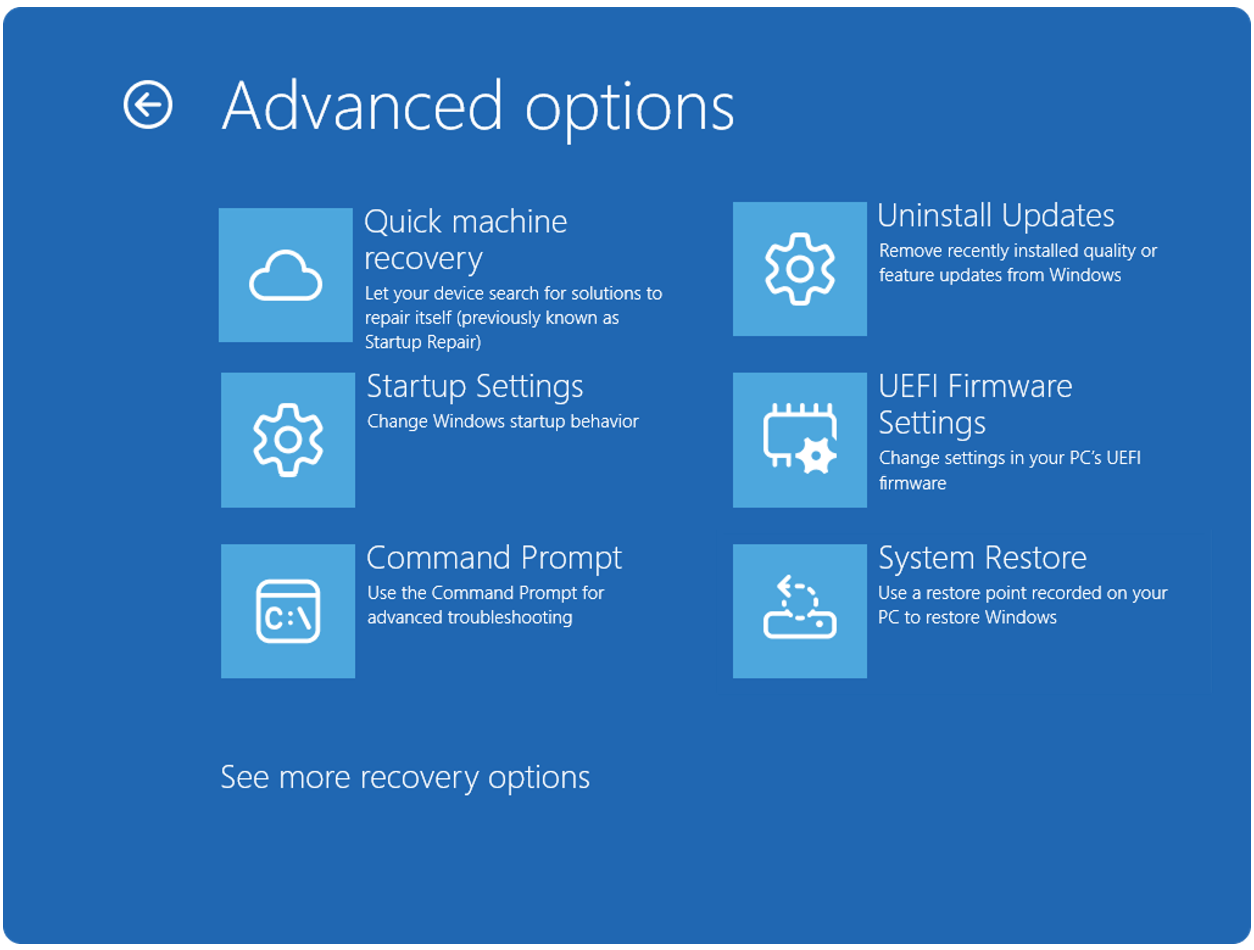

















![Apple Officially Releases macOS Sequoia 15.4 [Download]](https://www.iclarified.com/images/news/96887/96887/96887-640.jpg)
























































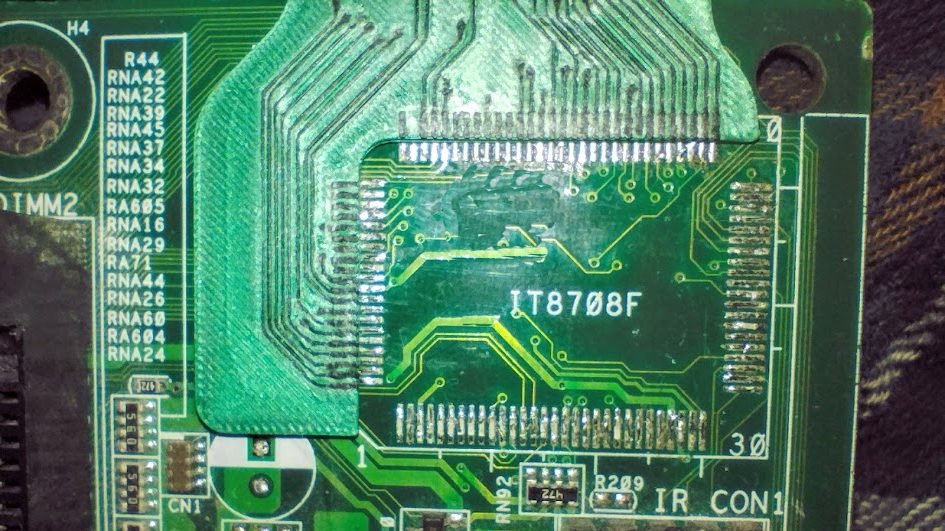















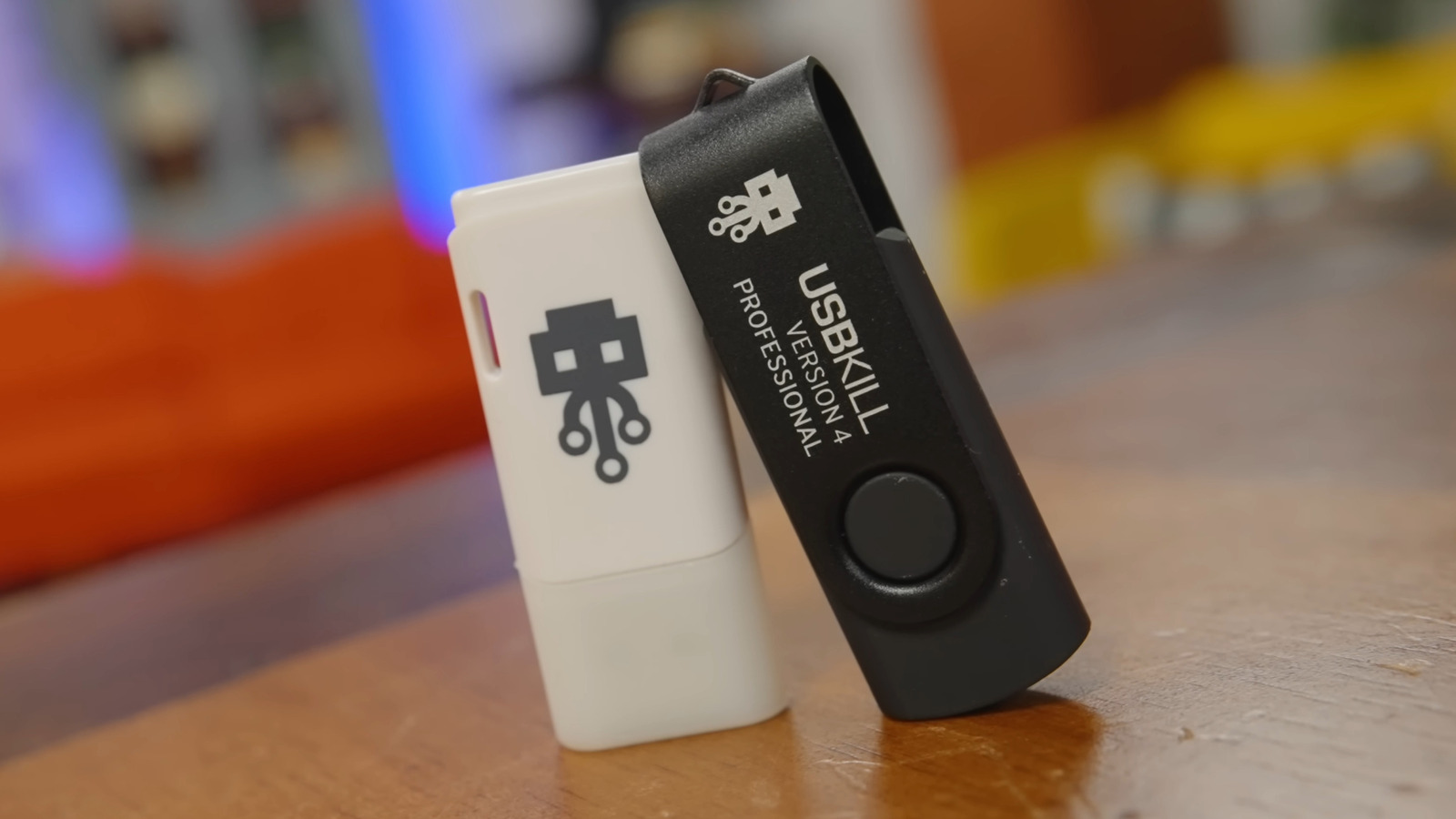


































_Borka_Kiss_Alamy.jpg?#)









































































![[The AI Show Episode 141]: Road to AGI (and Beyond) #1 — The AI Timeline is Accelerating](https://www.marketingaiinstitute.com/hubfs/ep%20141.1.png)
![[The AI Show Episode 140]: New AGI Warnings, OpenAI Suggests Government Policy, Sam Altman Teases Creative Writing Model, Claude Web Search & Apple’s AI Woes](https://www.marketingaiinstitute.com/hubfs/ep%20140%20cover.png)
![[The AI Show Episode 139]: The Government Knows AGI Is Coming, Superintelligence Strategy, OpenAI’s $20,000 Per Month Agents & Top 100 Gen AI Apps](https://www.marketingaiinstitute.com/hubfs/ep%20139%20cover-2.png)






















































































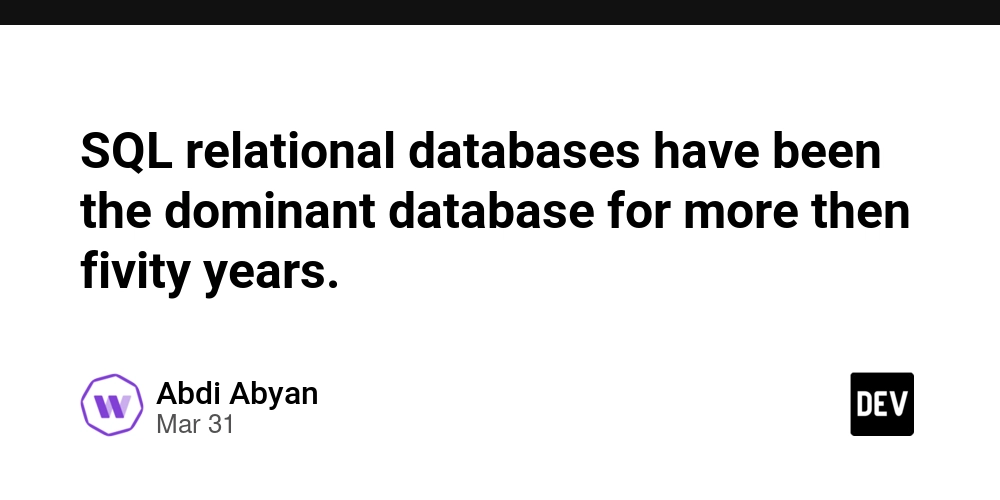
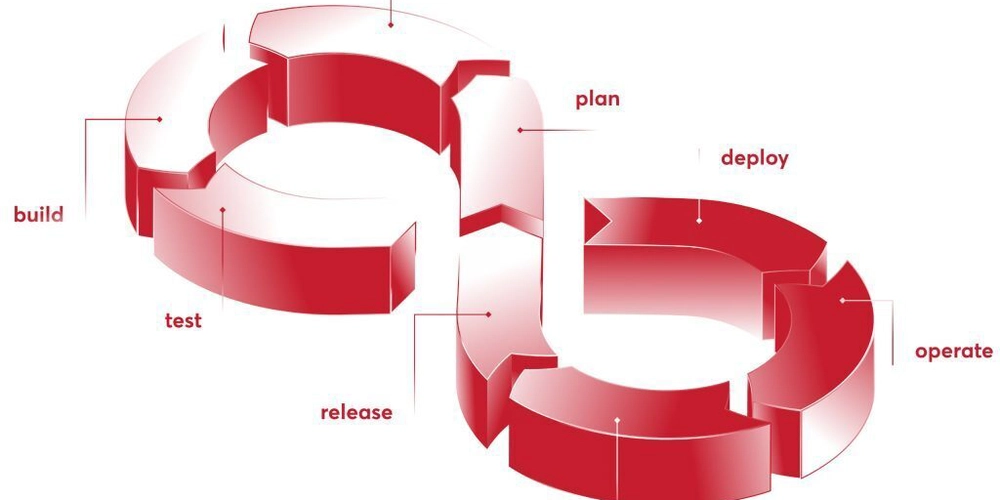




































![From broke musician to working dev. How college drop-out Ryan Furrer taught himself to code [Podcast #166]](https://cdn.hashnode.com/res/hashnode/image/upload/v1743189826063/2080cde4-6fc0-46fb-b98d-b3d59841e8c4.png?#)






























.jpg?width=1920&height=1920&fit=bounds&quality=80&format=jpg&auto=webp#)








.png?#)





















































